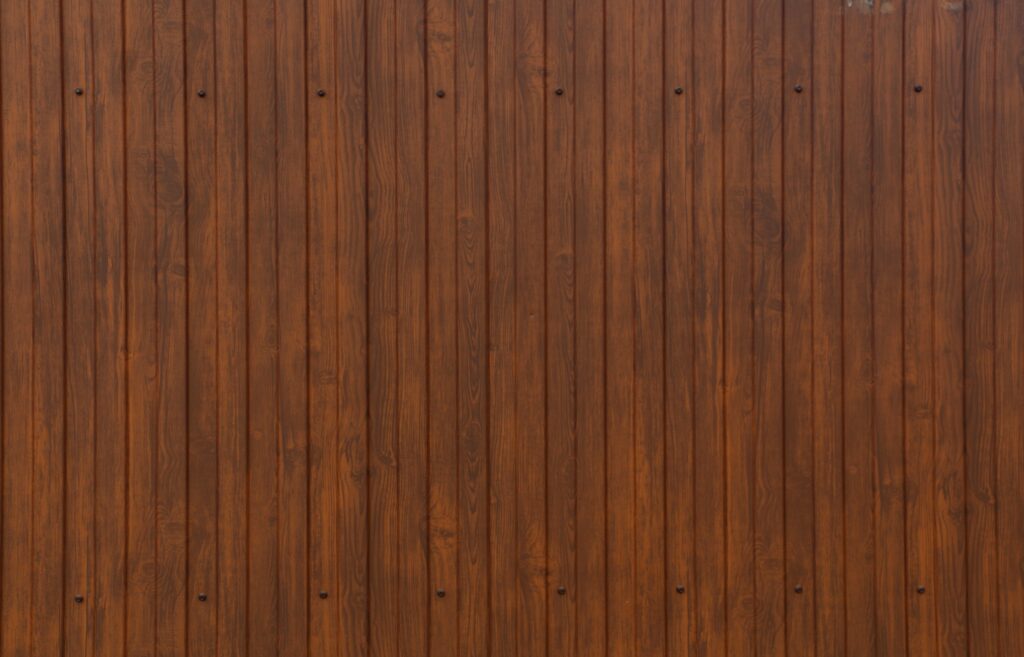The use of wood in interior design is a tale as old as architecture itself. The warmth, texture, and natural essence of wood have long been embraced for the tactile experience and aesthetic appeal it adds to spaces. Among the diverse ways wood graces our interiors, wooden wall panels stand out as both a traditional and contemporary choice.

A Dive into the Past
Wooden wall panels can trace their lineage back centuries. Historically, they were integrated into the interiors of stately homes, grandiose estates, and significant buildings of the past, often signifying opulence and refinement. From the ornate oak panels of Tudor England to the intricate carved wooden walls of Eastern palaces, wood has been a staple in grand design.
Modern Revival
Though wall panelling experienced a period of decline, it’s seen a modern revival in recent years. Today, interior designers and homeowners alike appreciate wooden wall panels not only for their historical connotations but also for their adaptability in contemporary settings. They serve as a bridge, fusing the old-world charm with new-world sophistication.
Benefits of Wooden Wall Panels
- Thermal and Acoustic Insulation: Wood has inherent insulating properties. When used as wall panelling, it offers a layer of thermal insulation, retaining warmth during colder months. Additionally, wood’s porous nature aids in absorbing sound, making wooden panels a wise choice for acoustic management in busy spaces or rooms with a lot of echo.
- Durability: A well-maintained wooden panel can last for decades. It’s resistant to wear and tear, making it a practical choice for high-traffic areas.
- Versatility: Wooden panels can be painted, stained, or varnished to match any decor. Their versatility extends to style, suitable for rustic, modern, traditional, or eclectic interiors.
- Aesthetic Appeal: Wood naturally imbues spaces with a warm, organic feel. Whether it’s a rich mahogany or a pale pine, wooden wall panels offer a diverse palette of shades and textures to fit various design preferences.
- Sustainability: With increased awareness of environmental issues, sustainable wood sources like bamboo or reclaimed wood panels have become popular, allowing homeowners and designers to make eco-friendly choices.
Styles and Trends
Modern wooden wall panelling isn’t limited to large, ornate pieces. Today, trends include:
- Reclaimed Wood Panels: Utilising wood from old barns, ships, or warehouses for a rustic and textured look.
- Slatted Wood Panels: Thin strips of wood placed with small gaps between them, creating a chic, contemporary look.
- 3D Wood Panels: Offering a modern twist, these panels come in various shapes and designs, adding depth and character to walls.
In Conclusion
Wooden wall panels, with their blend of historical significance and modern relevance, continue to be a prized element in interior design. Their diverse styles, coupled with inherent benefits, make them an excellent choice for those looking to combine functionality with aesthetic charm. As with all design elements, the key is to choose panels that resonate with the space’s overall theme and the inhabitant’s personal style, ensuring a harmonious and timeless interior.

